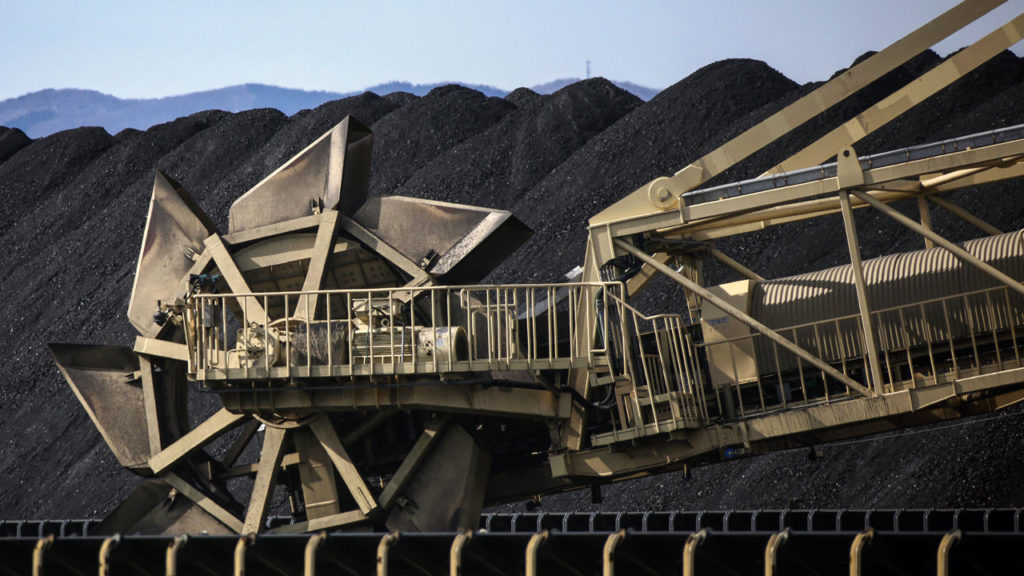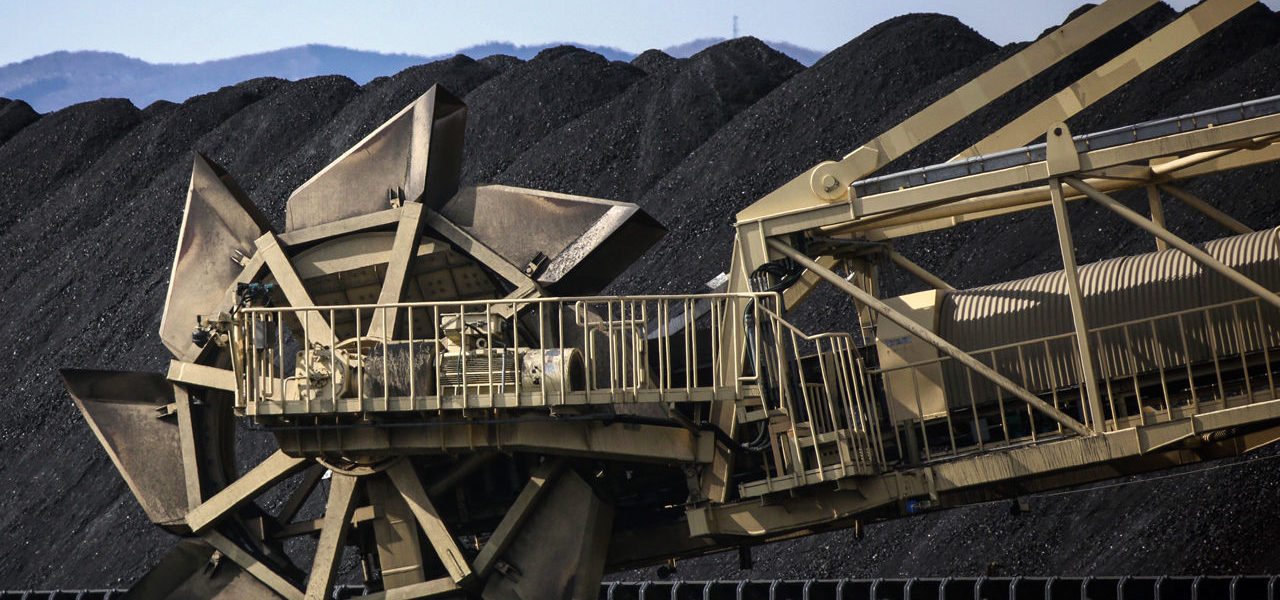
By Jonathan Gallardo
Gillette News Record
Via- Wyoming News Exchange
GILLETTE — A Japanese company has signed on to use the Integrated Test Center near Gillette to test a technology designed to capture carbon dioxide from flue gas produced by power plants.
The state of Wyoming, Japan Coal Energy Center and Kawasaki Heavy Industries have signed an agreement to advance a carbon capture test project to be conducted at the Wyoming Integrated Test Center at the Dry Fork Station power plant.
The agreement signals the state’s intent to work with JCOAL and Kawasaki on a joint project to test their novel solid sorbent capture technology at the ITC.
Jason Begger, executive director of the Wyoming Infrastructure Authority, said Kawasaki’s technology uses amines, chemical compounds that naturally attract carbon dioxide, to capture CO2. It is a powder that is sprayed into the flue gas to capture CO2, and it can be reused.
One of the things Kawasaki will research is how many times that powder can be reused before it becomes ineffective, Begger said.
It’s shown great promise in the lab, he said, and Kawasaki is now ready to scale it up and test it “under some real-world conditions.”
KHI has been in the planning and design phases for this test since 2018, which included multiple trips to Wyoming.
“I don’t know if we’ve fully appreciated how long of a process it was until we got into it,” Begger said.
The project is now moving into the construction phase, and Kawasaki expects to be onsite at the ITC in 2021, according to a press release from the governor’s office.
“It should help in the long run to make coal a continued and valuable source of energy for the U.S.,” said Phil Christopherson, CEO of Energy Capital Economic Development.
“It’s a conveyor belt,” Begger said of the ITC. “We try to fill up that pipeline with those technologies with the hopes that when one finishes, there’s another one ready to move in behind it.”
This project is beneficial to Campbell County from a couple of different angles, Begger said. For one, it’s great from an economic diversification standpoint.
“Maybe there’s an opportunity for Gillette to develop a reputation as a good place to come and develop technologies.”
But it also is promising for Powder River Basin coal.
“The fact that they are testing on a plant using Wyoming coal means they’re interested in data and how tech works on Wyoming coal,” Begger said.
After decades of having nuclear power be its main source of energy, Japan has moved towards coal in recent years, Christopherson said.
“Japan is very interested in coal and a clean environment,” he said. “To have them come and work out of Dry Fork and the ITC is a testament to (the fact that) coal does have a future in power generation.”
Japan imports a lot of its energy, and it wants to diversify its supply. Right now most of its coal comes from Australia and Indonesia. Begger said the state’s partnership with JCOAL and Kawasaki could pave the way for more opportunities in the future.
“I think they’re very interested in a longer-term relationship with Wyoming,” he said.
The state of Wyoming and JCOAL have been working together since 2016, when former Wyoming Gov. Matt Mead and Osamu Tsukamoto, president of JCOAL, signed an initial agreement committing to cooperation in coal research and development of technologies and coal trade.
JCOAL operates under the supervision of the Ministry of Economy, Trade and Industry of Japan and is supported by more than 120 member coal-related businesses, including Kawasaki Heavy Industries Ltd., Mitsubishi Hitachi Power Systems, Nippon Steel and Toshiba.
The organization works to promote overall coal activities, from coal mining to the field of coal utilization, toward a stable energy supply, sustainable economic growth and the reduction of the global environment emissions.






